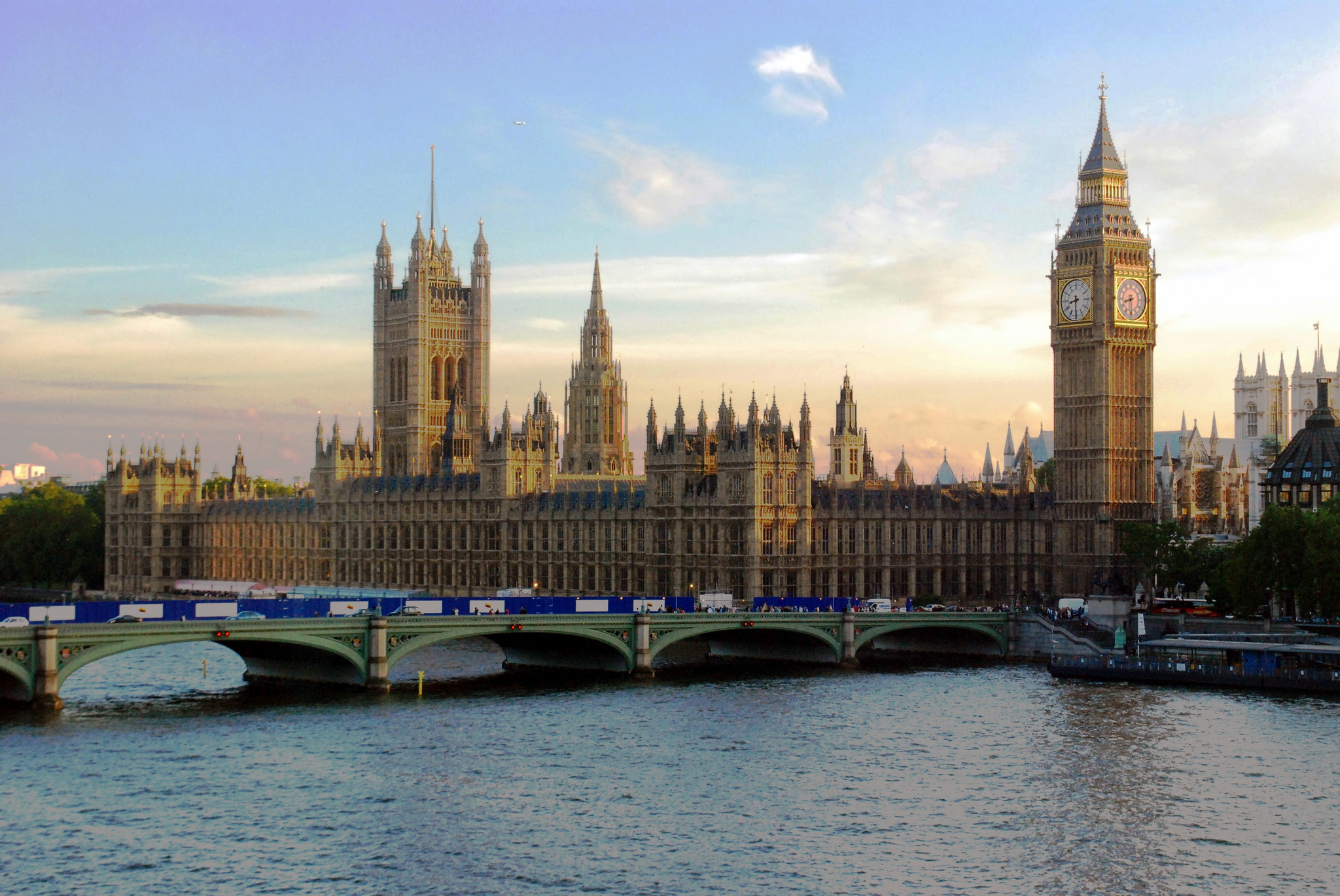
Situation normal
As London lurches into the summer holidays, the surreal saga of the UK attempt to house its ever-expanding population continues apace.
The Labour government’s faith in its future can be understood in reference to its proposal give the vote to 16-year-olds, a stunt first tested by a Harold Wilson Labour government in the 1960s, which reduced the voting age from 21 to 18. It promptly lost the 1970 general election. Since all recent neurological research suggests that the brain does not fully become mature until the age of 22 or 23, it is hard to understand Labour’s enthusiasm for giving the vote to an age group which cannot purchase fireworks or get married. Could it simply be a piece of dishonest opportunism? Perish the thought.
Perhaps the new youth voters will be attracted by the government’s commitment to building ‘new towns’ across the country, which should provide some long-term work for the architectural community. Apparently, an announcement will be made shortly about a dozen locations where a minimum of 10,000 homes could be built – out of aaround100 sites proposed by various local government and development groups.
This must be a long-term strategy, since the chances of getting any homes built in the lucky dozen locations look minimal, at least in the lifetime of this government (four yeas to go maximum). The commitment to building 1.5 million net additional homes in the government’s five -year term is already looking foolish on the basis of completions in the first year, stuck at well below the required rate. Only 184,000 homes were completed last year, with 132,000 started.
Event worse, however, are future prospects, given the reluctance of housebuilders to commit to an expansion programme, and the government’s failure to generate a delivery strategy – as opposed to making speeches and throwing borrowed money at the problem. Multi-billion promises in respect of social housing are not accompanied by any idea as to who will actually deliver it – instead, it is assumed that the private sector and housing associations will suddenly discover the joys of additional procurement, or that local authorities with next to no experience of delivering new homes are suddenly transformed into major housebuilders.
To understand the calamitous situation, one need look no further than London, where research by the analysts Molior shows what government ministers must have been dreading: delivery coming to a full stop. Private starts in the capital between April and June this year fell to their lowest-ever level – only 731 units were started across the whole of London.
Figures for the first half of 2025 show that in 13 of London’s 33 boroughs, there were zero starts in respect of projects numbering 20 units or more. Given that London is supposed to be generating 88,000 homes per year, this is a woeful shortfall, implying that the capital is likely miss its five-year target by a mile. Housing sales in the second quarter of the year were also pitiful, the lowest level since the same period in 2009.
You might think that new towns would help, but none of them is likely to be anywhere near complete in the next fiver years, unless they comprise urban extensions where infrastructure already exists. Identifying such sites would be a smart move, but another question then arises. Should they be the location for high-density ‘urban’ living, or more akin to the new towns created in the 1950s and 60s, homes, gardens, and garages, with relatively low density? This is an ideological argument where the private sector is opting for the latter approach, on the grounds that people ‘escaping’ from the city don’t want a replica, but an alternative.
Architects like the late Richard MacCormac tried to reconcile these positions with masterplanning and design proposals which combined both approaches, but little attention is being paid by government ministers to history or indeed the gurus of the past who were staunch Labourites, most notably Richard Rogers, who as Lord Rogers of Riverside took the Labour whip in the House of Lords.
His major contribution to the housing and urbanism debate, referenced by nobody on the government front bench with relevant responsibilities, was to recommend the possibility of densification of urban sites around transport hubs, in his Urban Renaissance report commissioned by Labour’s John Prescott. This approach, completely endorsed by the Blair government, was as appropriate in its year of publication (1999) and it is today.
Instead, Labour seems to have adopted the idea that cities are terrible places and that right-thinking folk should desert them as quickly as possible. Wrong-thinking folk are the potential opponents of largescale development on their doorstep; these ‘nimbys’ are to be blocked, according to planning minister Matthew Pennycook. He has helpfully given us a picture of his architectural vision for the new towns of the future. This turns out to be what his Prime Minister Sir Keir Starmer is supporting, which is in turn the dream of no less a person than King Charles III.
Local materials and terraced homes that ‘harmonise’ with the landscape are the order of the day, the minister told House of Lords built environment committee. Each development should ‘have its own character’ that will in some unspecified way ‘evolve organically’. Local design rules will ensure that each location is distinct, so no ‘identikit’ housing.
This will come as a shock to the supporters of, for example, Georgian architecture which successfully spread in replicant fashion across the UK and Ireland, at relatively high density and recognizably similar if not the same wherever it was built. Is this what Pennycook thinks?
The extent to which we can rely on our politicians for sensible thinking about architecture and construction can be assessed with reference to one of the great construction delay scandals of recent decades: not the HS2 rail project scandal, but the renovation of the home of the Mother of Parliaments – Barry and Pugin’s Palace of Westminster.
Nobody can say with confidence what this project is going to end up costing the taxpayer, but it would be unwise to bet on anything much below £10 billion. Seriously. The main in charge is the martinet Speaker of the House of Commons, Sir Lindsay Hoyle. Having disbanded more than two years ago the mini-development corporation which was running the project, and included people who knew what they were doing, the Speaker has wasted the intervening period ion devising three or four options for the future which will be presented to Parliament this autumn. There is a suspicion that a decision has already been made which downgrades the accommodation of the House of Lords in favour of the Commons remaining in situ while the 15 to 20-year construction project proceeds. Nobody is talking about what the Palace of Westminster is actually for in an era of devolution and remote communication.
If you want an example of an architectural saga as metaphor for a country falling apart at the seams, look no further. No vision, no grip, no strategy, only short-term tactics and point-scoring. Pity.
Founder Partner






